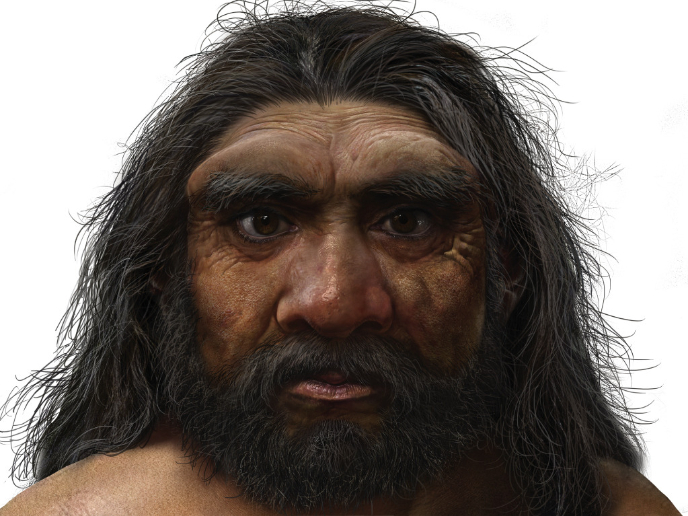Welcome to the human family tree, Dragon Man
The story of human evolution keeps changing all the time. Has a remarkably complete human skull come to rewrite it? Findings published in the journal ‘The Innovation’(opens in new window) claim that Dragon Man, a newly discovered species of early human named Homo longi, could be the latest addition to our family tree. The well-preserved skull unearthed in Harbin, north-east China in 1933, is between 138 000 and 309 000 years old. It was likely that of a 50-year-old male. The skull was passed down from one generation to the next by the man who found it. Co-author Prof. Qiang Ji convinced the family to donate it to Hebei GEO University’s Geoscience Museum in China.
We are family
“The Harbin skull is the most important fossil I’ve seen in 50 years. It shows how important East Asia and China is in telling the human story,” co-author Prof. Chris Stringer from The Natural History Museum in London told ‘CNN’(opens in new window). “We’ve only just begun what will be years of studying this fascinating fossil.” “We are human beings,” commented lead author Xijun Ni, a research professor at the Chinese Academy of Sciences and Vice Director of the Key Laboratory of Vertebrate Evolution and Human Origins. “It is always a fascinating question about where we were from and how we evolved.” According to the researchers, Dragon Man belongs to a previously unrecognised Stone Age species. It replaces Neanderthals as the closest known relatives of people today. So what would Dragon Man look like? First of all, he’d be powerfully built and robust because of the harsh environment in which he probably lived. Dragon Man was found in one of China’s coldest places. He’d have a wide face, deep eyes, big teeth, a broad nose and low brow, and flat and delicate cheekbones. Unlike his huge skull, the size of his brain would be similar to ours. However, little is known about how he lived.
Reshaping understanding of human evolution
Analyses suggest that Dragon Man is more closely related to Homo sapiens than to Neanderthals. The research team claims that it’s one of the most complete early human skull fossils ever discovered, differentiating itself from all the other human species. “In terms of fossils in the last million years, this is one of the most important yet discovered,” Prof. Stringer told the ‘BBC’(opens in new window). “What you have here is a separate branch of humanity that is not on its way to becoming Homo sapiens (our species), but represents a long-separate lineage which evolved in the region for several hundred thousand years and eventually went extinct.” “We found our long-lost sister lineage,” remarked Prof. Ni. “I said ‘oh my gosh!’. I could not believe that it was so well preserved. You can see all the details. It is a really amazing find!” The origin of modern humans is indeed a tangled web. “The beautifully preserved Chinese Harbin archaic human skull adds even more evidence that human evolution was not a simple evolutionary tree but a dense intertwined bush,” explained Mark Maslin, a professor of earth system science at University College London who was not involved in the research, in the ‘The Guardian’(opens in new window).



